1. Shopska Salata
Shopska Salata – the national salad that has conquered millions of diners (Photo source: Collected)
When it comes to Bulgarian cuisine, we cannot forget Shopska Salata – the national salad that has conquered millions of diners. This is a simple but creative dish, becoming a symbol of Bulgarian cuisine , served in every restaurant from popular to luxurious.
Shopska Salata is made with ripe tomatoes, crispy cucumbers, green peppers, thinly sliced onions and especially topped with shredded white cheese sirene. The vegetables are selected from the freshest, diced or thinly sliced for easy mixing. The dish is seasoned with extra virgin olive oil, wine vinegar and sometimes a sprinkling of parsley for added flavor.
Shopska Salata’s signature is sirene cheese – a salty, creamy yet light cheese made from sheep or cow’s milk. When mixed with vegetables, the slight saltiness of the sirene enhances the natural sweetness of the tomatoes and cucumbers, creating a perfectly balanced flavor.
This salad is often served as an appetizer, especially in the summer when the vegetables are at their freshest. For Bulgarians, no meal is complete without Shopska Salata on the table. Diners often eat it with white bread or toast to soak up the wonderful sauce left on the plate.
2. Banitsa
Banitsa is a fragrant cheese-filled puff pastry (Photo source: Collected)
When it comes to Bulgarian food, Banitsa is a must-try – a fragrant cheese-filled pastry that symbolizes togetherness and good fortune in Bulgarian culture. It is an extremely popular breakfast or snack, sold in every bakery, local market and supermarket.
Banitsa is made from thin filo dough, rolled out very smooth and brushed with oil or butter, then rolled with a filling of sirene cheese mixed with eggs. Some variations add yogurt or spinach to enrich the flavor. The pastry is rolled into a spiral or stacked in layers on a tray and baked until golden brown.
When cut open, the crispy crust blends with the rich, salty cheese filling, fragrant with the smell of grilled butter. This dish is often served with drinking yogurt (ayran) to neutralize the fat, or simply a glass of hot milk. Banitsa is not only an everyday dish but also associated with traditional occasions. On New Year's Eve, Bulgarians make a special Banitsa called Lucky Banitsa, in which wishes or small coins are hidden. Whoever picks the piece of cake with a wish will have good luck in the new year.
3. Kavarma
Kavarma is always at the top of the list of most favorite Bulgarian dishes (Photo source: Collected)
Bulgarian cuisine has many rich stews, but Kavarma is always at the top of the list of the most favorite Bulgarian dishes. This traditional stew originated in the Bulgarian countryside, slow-cooked to blend the ingredients to create deep, captivating flavors.
Kavarma is typically made with bite-sized pieces of pork or chicken seasoned with salt, pepper, paprika, and herbs like oregano and thyme. The meat is sautéed with onions, bell peppers, mushrooms, and sometimes tomatoes or red wine for a slight sourness. Then it is put into a traditional earthenware pot called a gyuveche and slowly stewed in the oven.
The special thing about Kavarma is that it is cooked in a clay pot, which helps distribute the heat evenly, preserving the natural sweetness of the meat and vegetables. When the lid is opened, the rich aroma of stewed meat, paprika, onions and wine blends together, making it irresistible to anyone.
Kavarma is usually served with warm, crusty white bread to dip into the sauce, or with fluffy white rice. In Bulgarian restaurants, Kavarma is often served in individual small clay pots, both piping hot and beautiful.
4. Tarator
Tarator is a traditional cold soup that helps cool you down instantly (Image source: Collected)
If you visit Bulgaria in the summer, be sure to try Tarator – a traditional cold soup that is an instant coolant and tops the list of Bulgarian dishes that locals love in hot weather.
Tarator is made from Bulgarian yoghurt (a type of fermented yoghurt characterized by the bacteria Lactobacillus bulgaricus), mixed with cold water to form a thin, refreshing mixture. Fresh cucumber is grated or chopped, mixed with minced garlic, dill and sometimes crushed walnuts for flavor.
The mixture is thoroughly chilled before serving, often with ice cubes to keep it cool for a long time. When eaten, Tarator has a mild sour taste, a slight saltiness, and a fresh aroma of dill and cucumber. The light fatty feeling from the yogurt and the crunchy taste of the cucumber make the dish extremely pleasant. Tarator is a popular appetizer in Bulgarian summer lunches. It is not only delicious but also good for digestion thanks to the live cultures in the yogurt. Many Bulgarian families are proud of their own Tarator recipe, adjusting the amount of garlic, dill or walnuts to taste.
5. Kebab
The list of Bulgarian dishes cannot be complete without Kebab (Photo source: Collected)
No list of Bulgarian food would be complete without Kebabche – a long sausage-shaped grilled meat dish that symbolizes the joy of gathering and the outdoor dining style of Bulgarians. This is an extremely popular street food, appearing in every street food stall, night market and even luxury restaurant.
Kebabs are made from ground pork (or a mixture of pork and beef) mixed with salt, pepper, caraway, paprika and garlic. Unlike fresh German sausages, Kebabs are not stuffed with casings but are shaped into long, finger-like sticks. After marinating, they are grilled directly on a charcoal grill, giving off a fragrant aroma. The most attractive point of Kebabs is that the outer layer is crispy but the inside is still juicy and full of spices. Bulgarians often eat Kebabs with Shopska salad, French fries and of course, cold beer - the perfect trio for an outdoor party.
In Bulgaria, Kebab also has a communal meaning. This is an easy-to-make, easy-to-share dish, suitable for family and friends gatherings. The barbecue atmosphere with the fragrant smell of meat and the cheerful laughter is what makes Kebab an unforgettable Bulgarian dish for any tourist.
Bulgarian cuisine is a harmonious combination of fresh ingredients, delicate spices and a warm, sincere cooking style. When mentioning Bulgarian food, visitors will not only remember the taste but also the warmth of the people here, the way they share meals as if sharing their hearts. Come to Bulgaria, enjoy these wonderful dishes and let your taste buds be guided through one of the most unique and charming culinary cultures in Europe.
Source: https://www.vietravel.com/vn/am-thuc-kham-pha/mon-an-o-bulgari-v17546.aspx


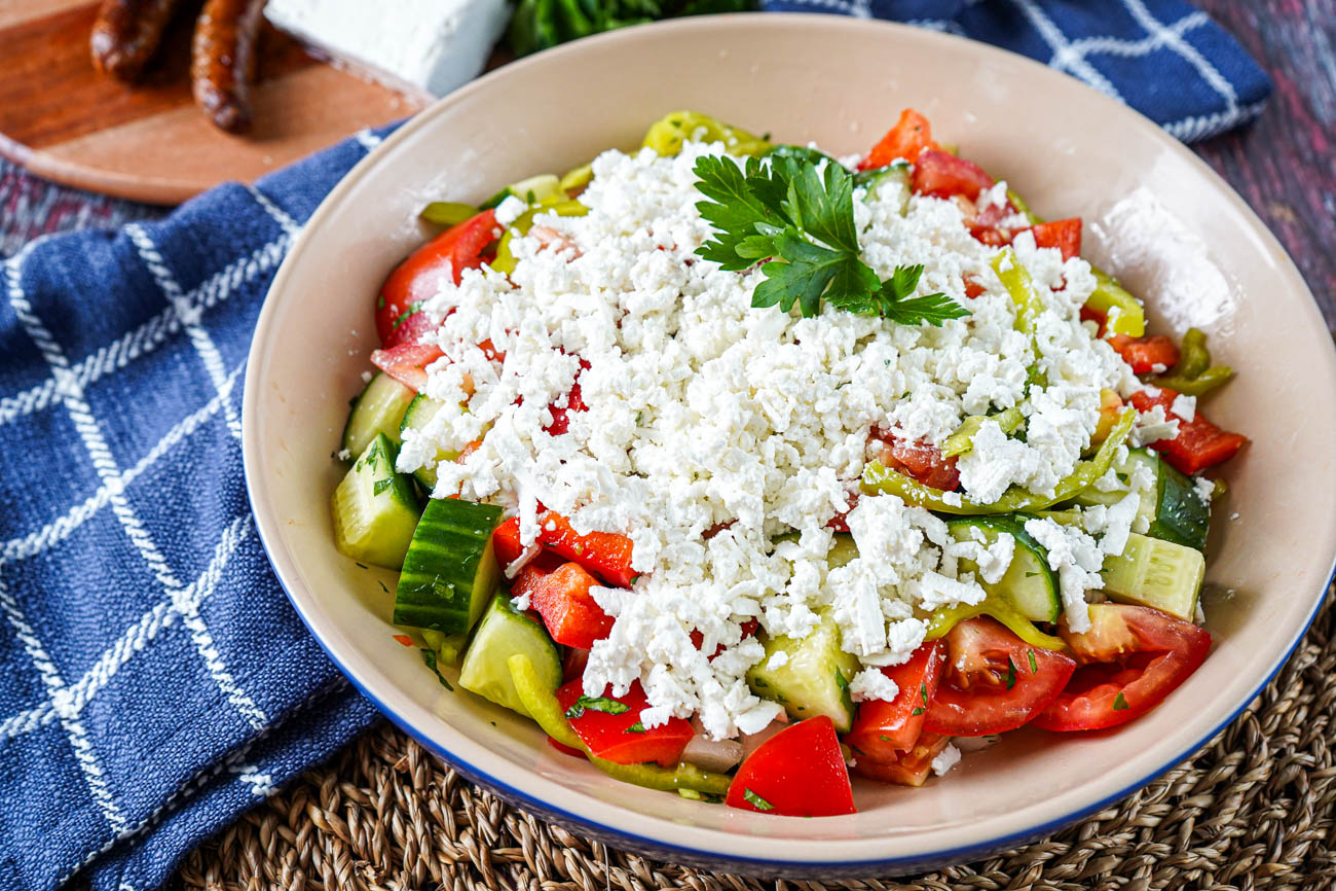
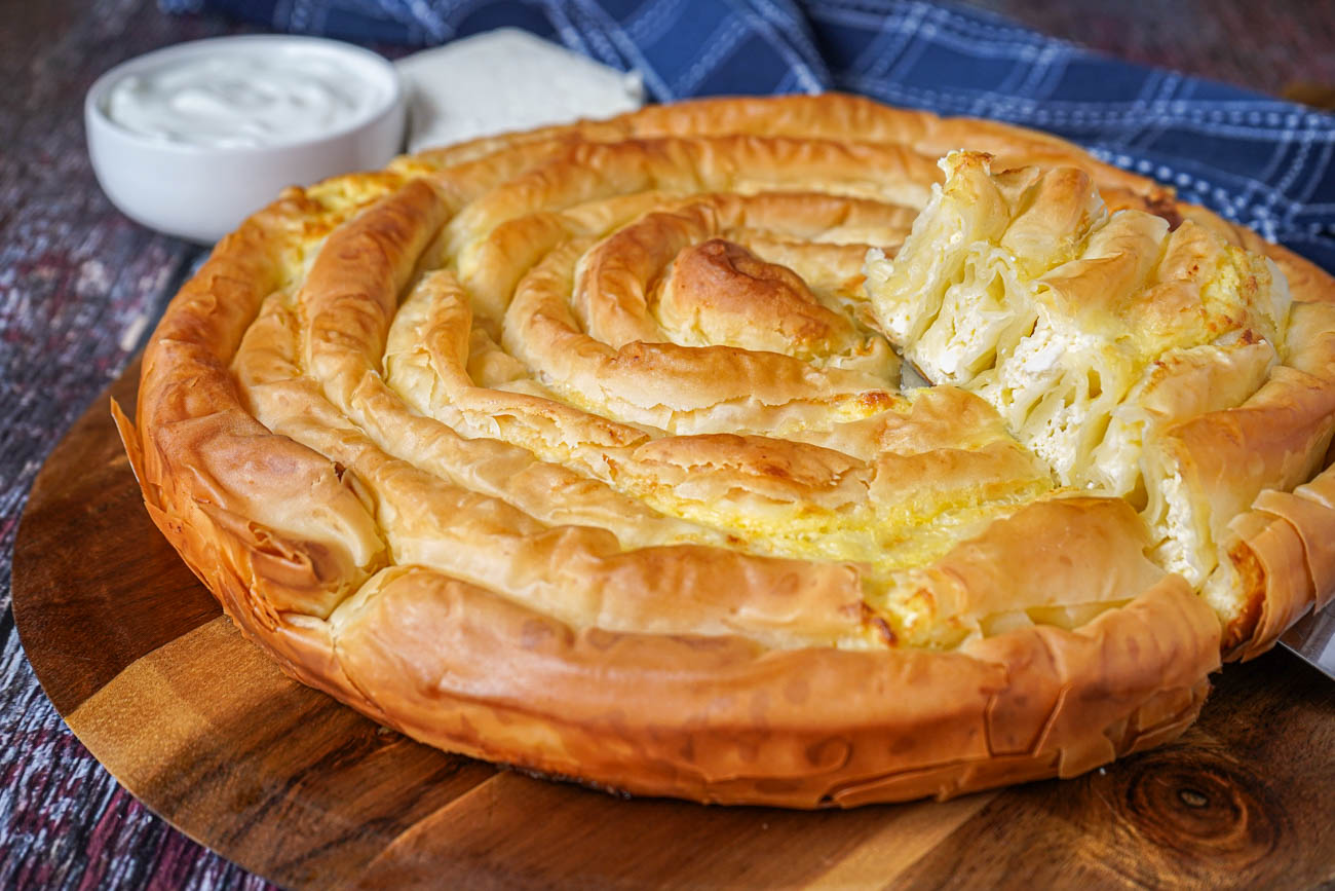
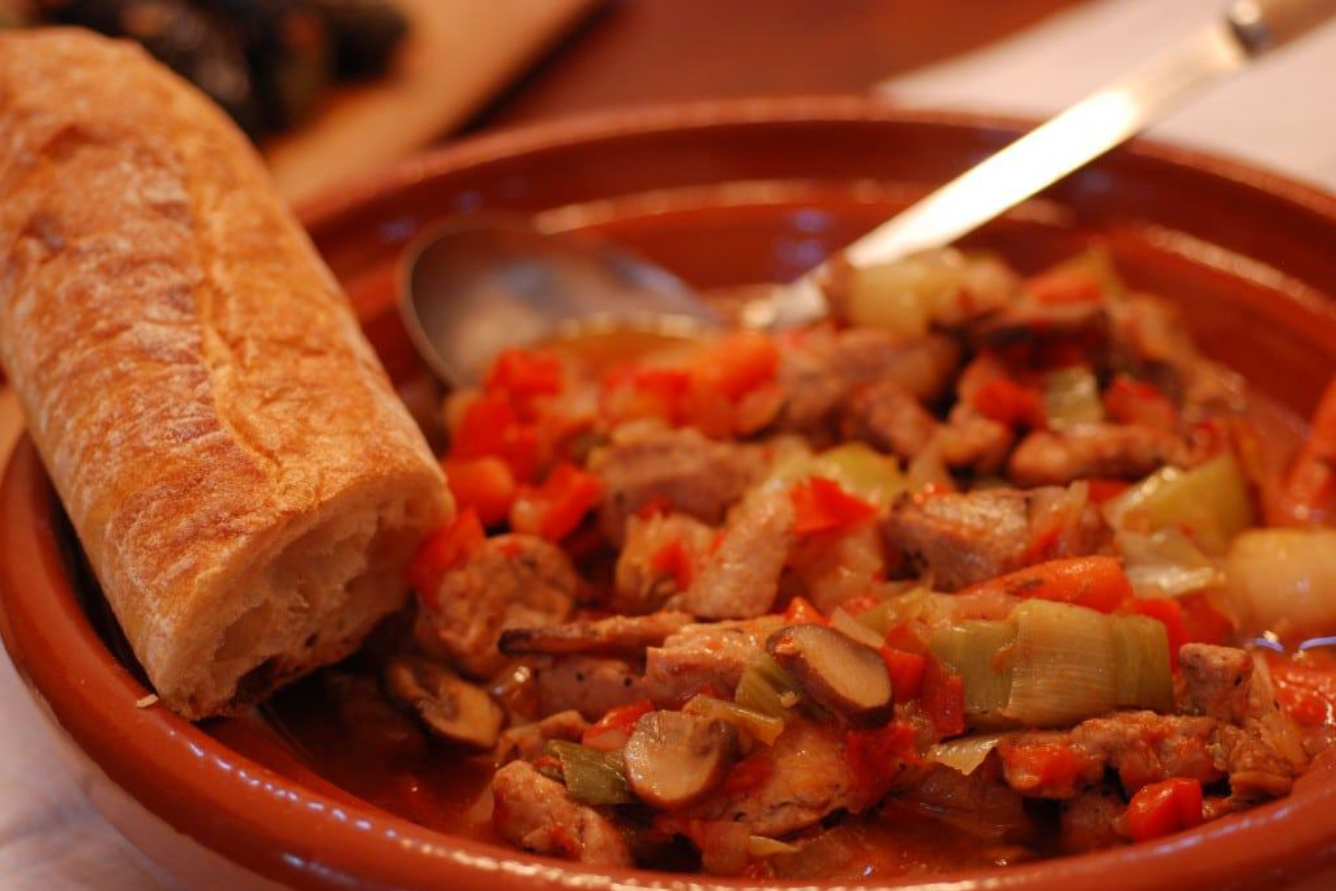
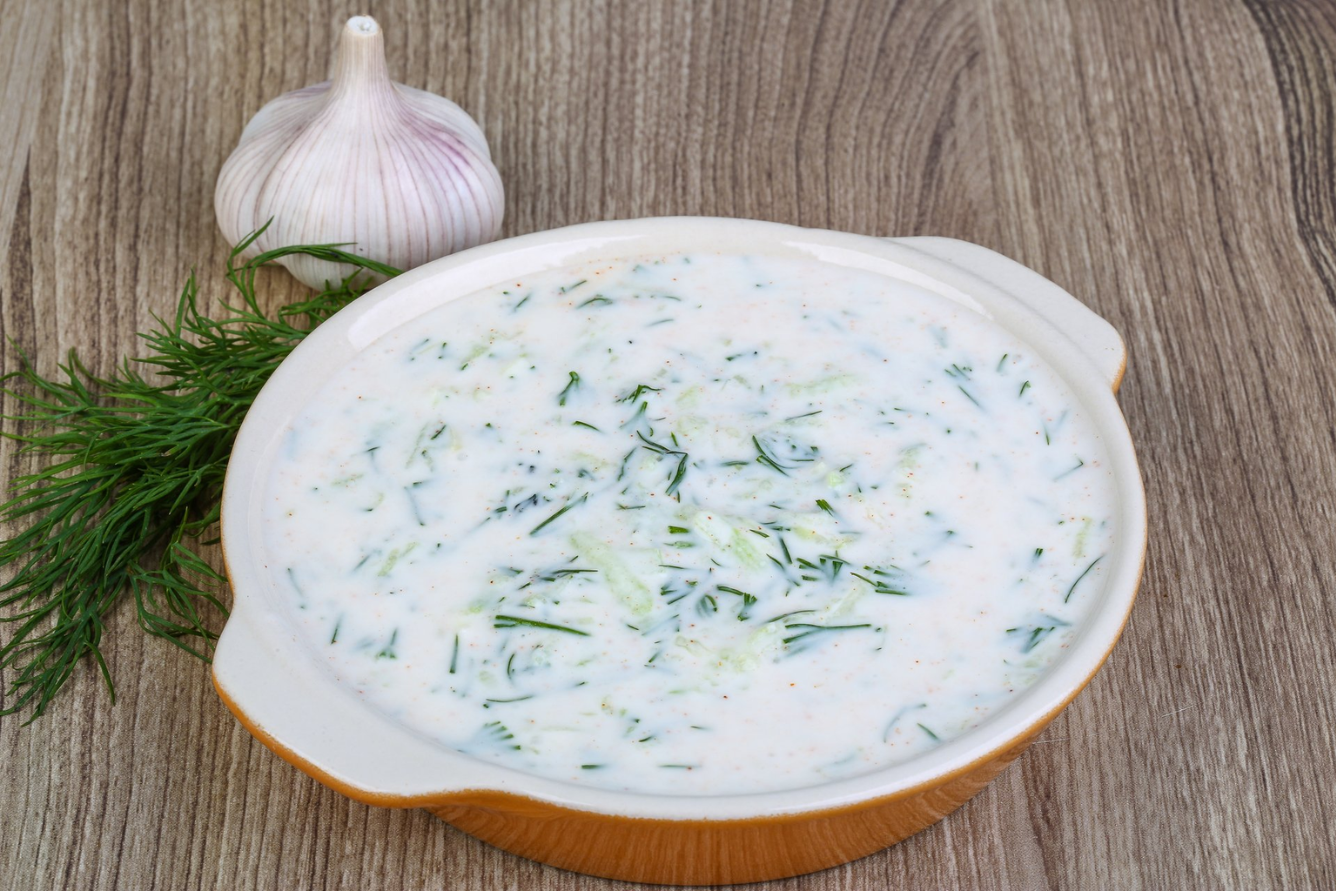
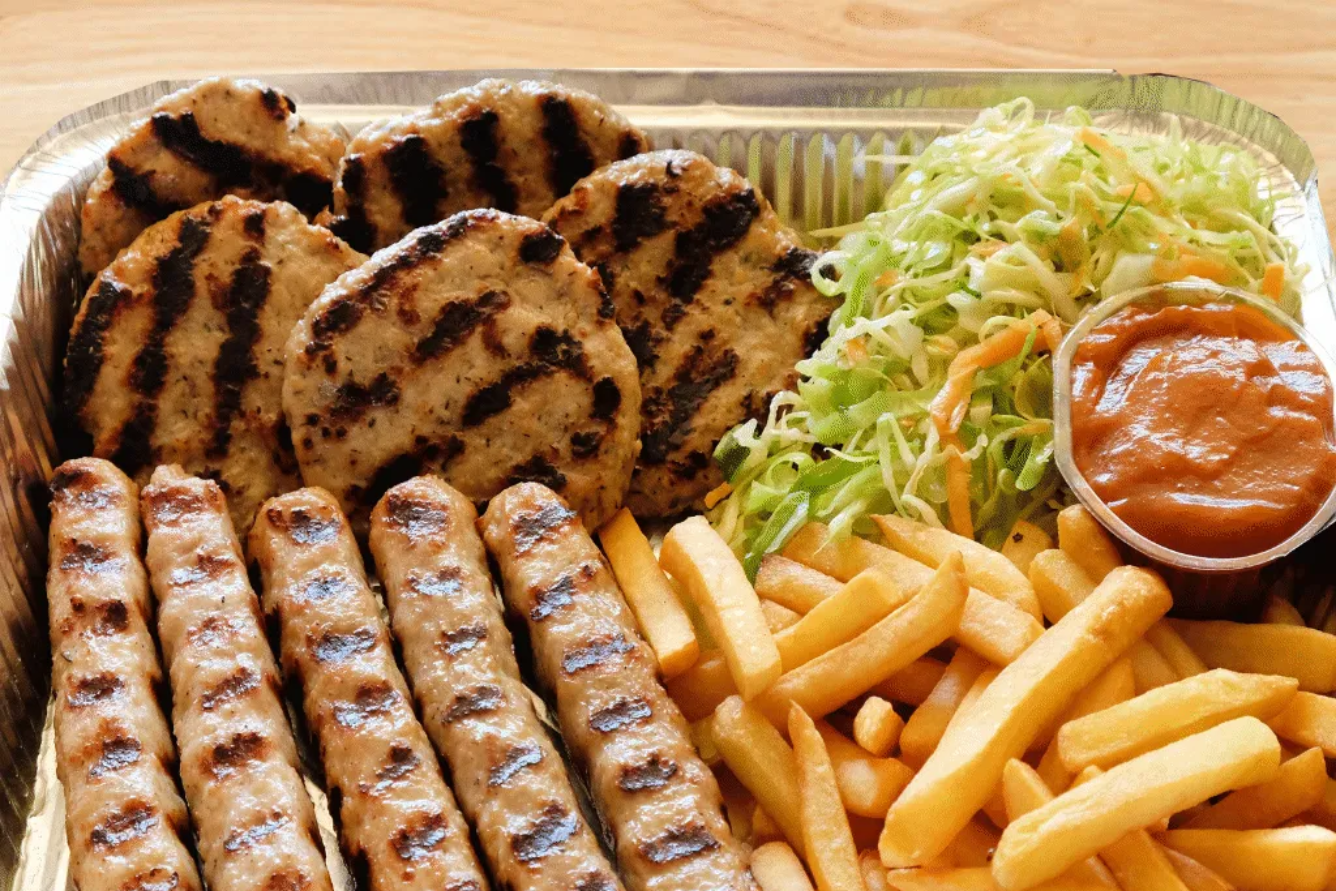




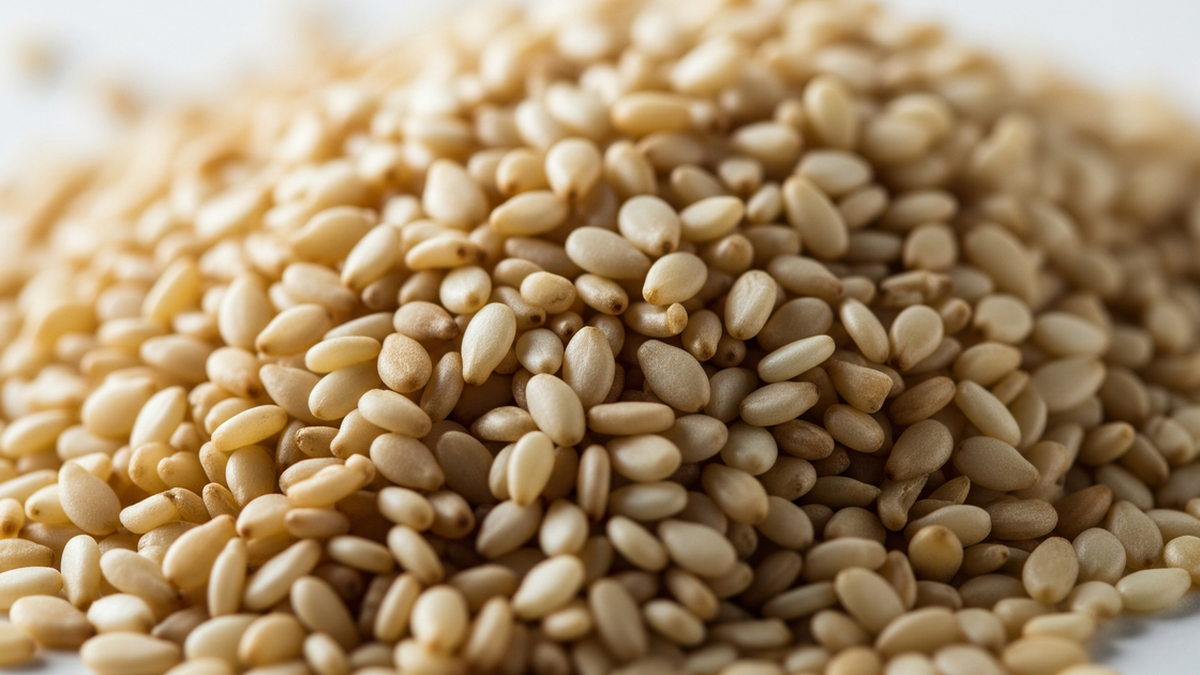













































![[Maritime News] More than 80% of global container shipping capacity is in the hands of MSC and major shipping alliances](https://vphoto.vietnam.vn/thumb/402x226/vietnam/resource/IMAGE/2025/7/16/6b4d586c984b4cbf8c5680352b9eaeb0)












































Comment (0)